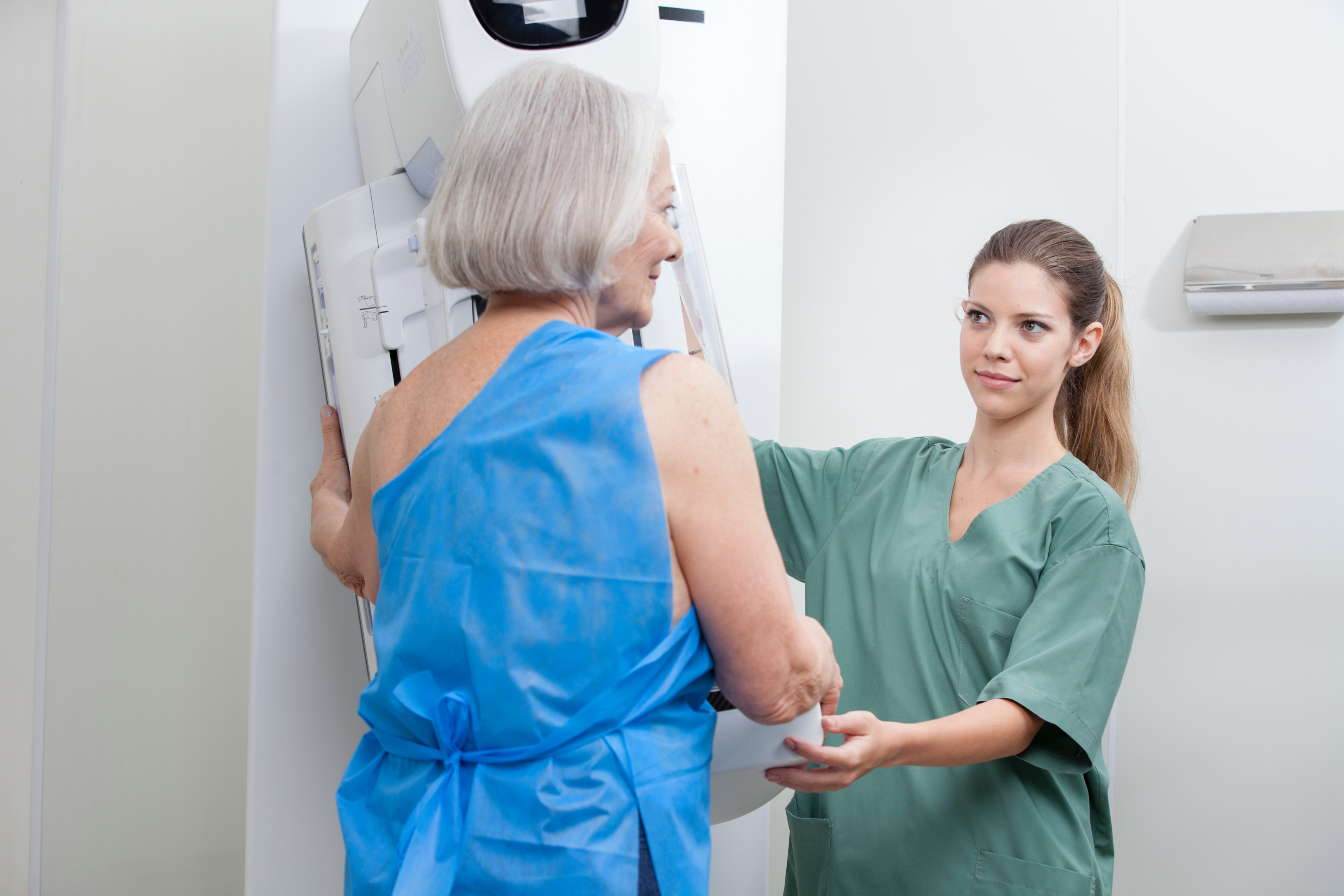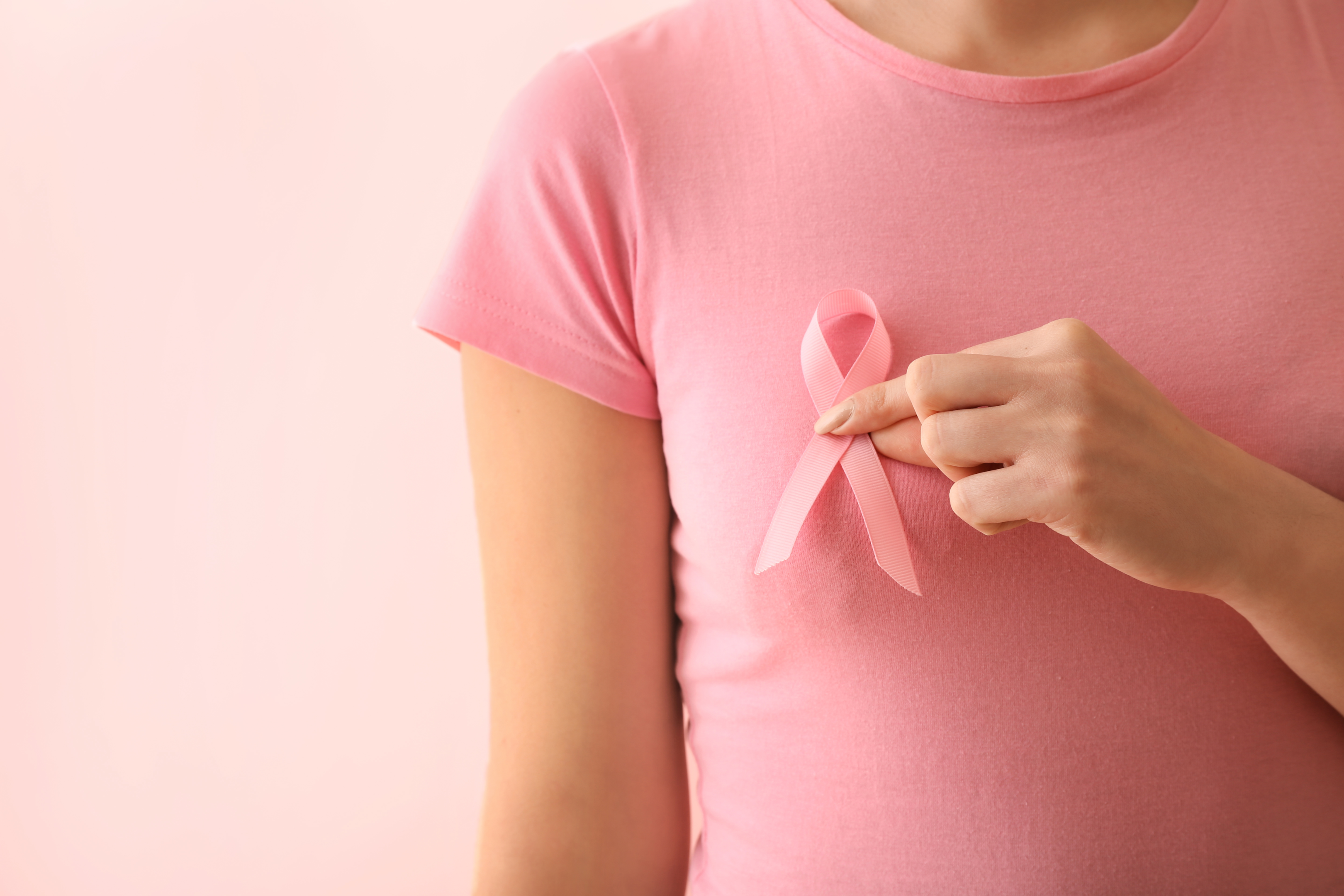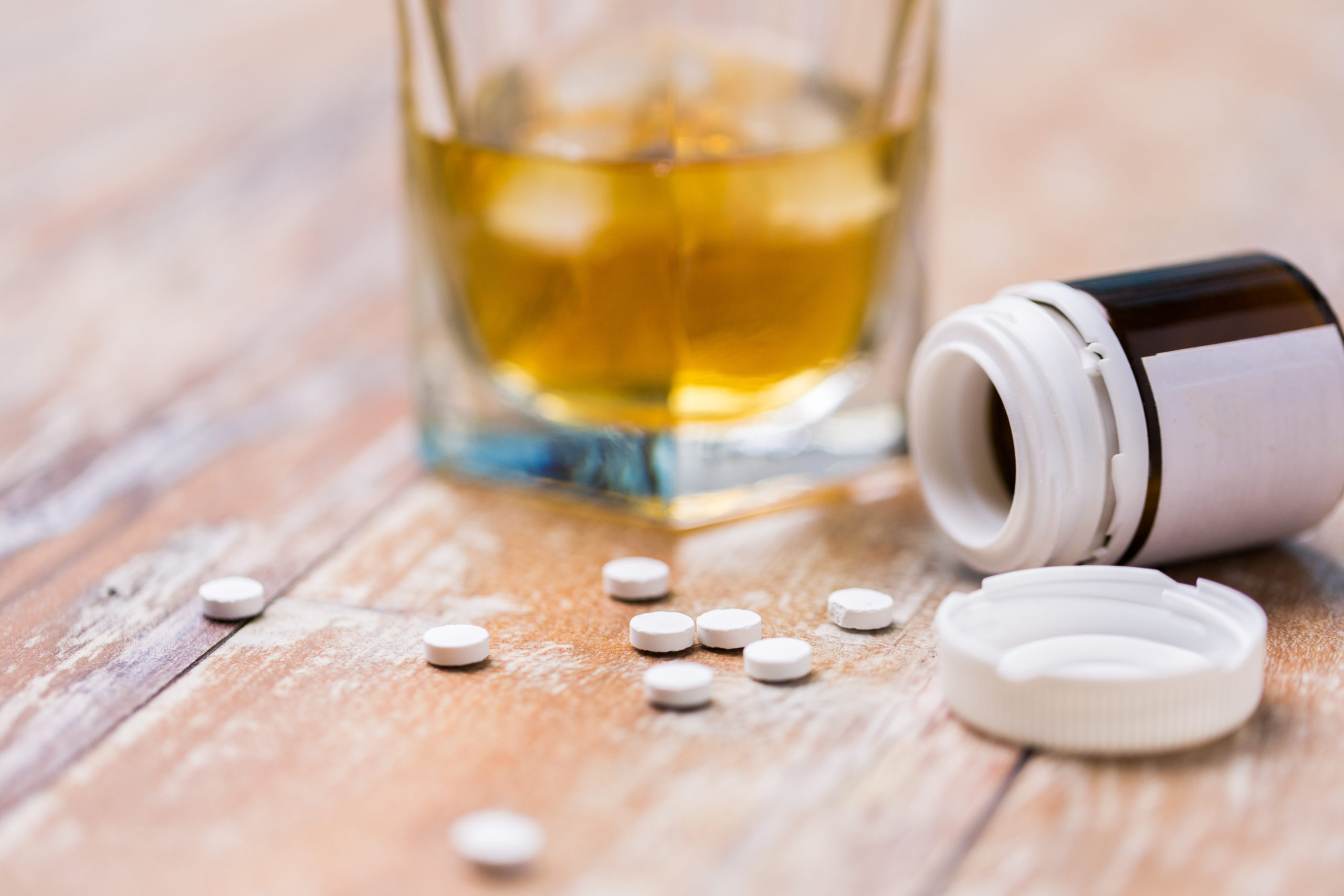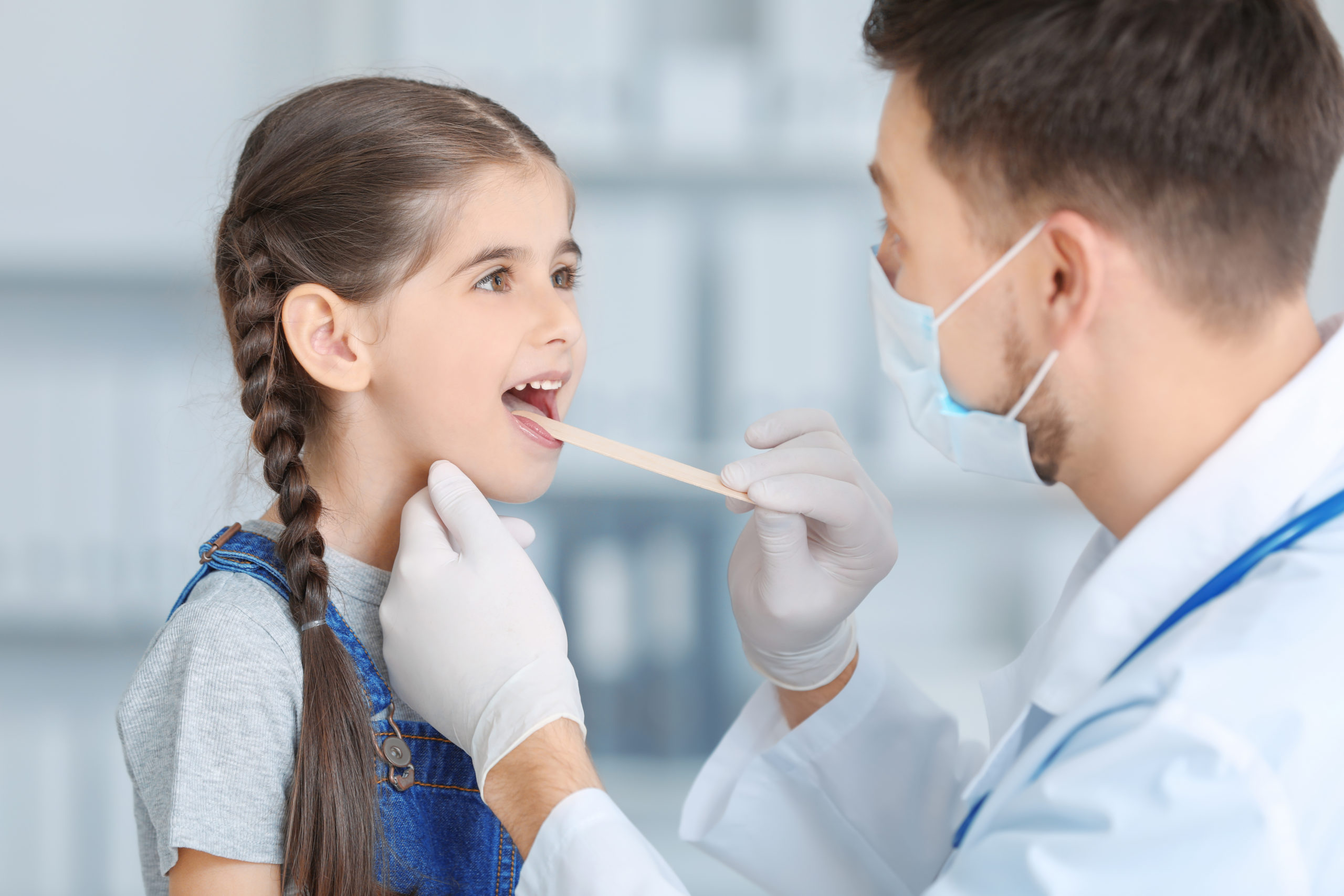Several factors can play a role in healthy and graceful aging. Some are not in your control, such as genetics. However, a healthy diet and exercise, among other factors, are in your control and can help. Women, in particular, can significantly benefit from eating the right diet. A consistently balanced diet can contribute to you retaining a healthy appearance and thicker hair density, both signs of aging well. Aside from looks, you will also be able to maintain your quality of life as you age and remain independent as long as possible.
Keep reading to learn more about the right kind of food for healthy nails, hair, and skin.
Research Proving Diet Is Linked to Your Skin, Health, and Age
Women can prevent several problems from developing by making smart food choices. Eating well is not about regulating weight. A balanced diet helps make nails and hair grow stronger and give your skin a supple glow – it can also improve your brain function and lower the risk of heart disease. Older adults who aged gracefully were conscious about what they ate to make sure they were getting the vitamins and nutrients they needed.
Healthy dietary recommendations are provided in the 2020–2025 Dietary Guidelines for Americans. The diet suggests including lots of whole grains, fresh fruits and vegetables, lean proteins, and healthy fats.
The research mostly shows that the Mediterranean style of eating instead of the traditional American diet allows for better skin, hair, and nail health, especially in women. The Mediterranean diet involves more whole grains, fresh produce, and healthy fats. It has more fish and less dairy as compared to the American diet.
Essential Food Groups for Healthy Hair, Skin, and Nails
There is no magic food group that will make you look young forever. Keratin is the primary building block in your nails and hair. The skin begins looking tired when collagen breaks down is no longer produced at a high rate in old age. The right food groups in a balanced diet can increase the production of collagen, keratin, and elastin for providing silky strong hair, fast-growing nails, and soft, youthful-looking skin.
1. Proteins
Hair, skin, and nails are mostly proteins in the form of keratin, elastin, and collagen. You need enough protein in your diet to ward off skin wrinkles while attaining elasticity and strength. Most women in the US don’t get enough lean proteins in their diet. You don’t want to be like Miranda Priestly’s assistant in the famous movie The Devil Wears Prada!
She is trying to lose weight and proudly describes her diet as starving herself until she felt like fainting. Chances are high that she was low on protein, which would eventually take a toll on her hair, skin, and nails as well – things that most women in the fashion industry want looking perfect.
While protein is important because of its numerous health benefits, you need to make sure you get it from lean sources. Having a steak each night will only add to your weight troubles and heart issues. Consider getting protein in the form of seafood, eggs, legumes, lean meats, and low-fat dairy products.
2. Essential Fat
In an attempt at losing weight, the majority of women skimp on fats, which can pose health risks. We don’t mean the greasy pie or pastry type. Your body needs healthy fats in the form of omega-6 and omega-3. You are probably not getting enough of these if you have itchy or dry scalp. They are called essential fats since your body is incapable of producing them. You need to eat them.
Prostaglandins are compounds that work to keep inflammation down and immunity up. They are created when the body has enough supply of both omega-3 and omega-6. In particular, omega-6 is essential for your skin health. However, you need to balance the ratio by eating foods such as avocado, walnuts, tofu, sardines, tuna, and salmon once a week. Include flaxseeds into your diet as well.
Mega dosing on fish oil capsules is not just expensive, but not recommended. Instead, incorporate fresh vegetables, fish, and seeds into your diet. Don’t just restrict yourself to fish fillets. Experiment with sushi, ceviche, fish curry, and seafood chowders.
3. Iron
Another important nutrient that a large number of women in the country lack is iron. You are probably running low on iron if you feel tired and fatigued all the time. Hair, skin, and nails are the first to suffer if your diet is not rich in iron. Your skin may become itchy and pale. There may be cracking on the corners of your mouth. Nails can develop vertical stripes and become brittle because of an iron deficiency. Your hair will start shedding more and will become noticeably dull, dry, and brittle.
You can get iron from dark, leafy greens, meat, dried fruit and from whole grains and legumes as well. You can enhance absorption by adding vitamin C from capsicum and fruits to your diet.
4. Vitamin C
Vitamin C is the structural cement of the body and essential for making collagen. Collagen is the fibrous tissue under the skin that plumps it up to lend shape and support. Your skin looks tired as it loses collagen with age. Harmful oxidative reactions by sun exposure, cigarette smoke, and pollution can deplete collagen and elastin levels in the body.
Healthy doses of vitamin C and beta-carotene can protect the skin and improve resilience. Unfortunately, supplements can create harmful oxidative activity. You can prevent this by eating lots of antioxidant-rich vegetables and fruits. We recommend eating plenty of bell peppers, cauliflower, lemons, oranges, grapefruit, strawberries and kiwi fruit. These are an excellent source of nutrition for supple and plump skin.
5. Vitamin A and Beta-Carotene
All orange and yellow vegetables and fruits are rich in beta-carotene and vitamin A. Beta-carotene converts to vitamin A in the body, which is essential for healthy hair, skin, and nails. Healthy eating means including as many colored fruits and vegetables as you can. You can also eat oil-rich fish, egg yolk, and liver as well.
Healthy doses of beta-carotene improve the skin and protects it from sunburn. This is especially true if you eat it with lycopene, which is found in watermelon and tomatoes. You can get a real vitamin A boost by trying scrambled egg with spinach or salmon.
6. Fluids and Flavonoids
Both flavonoids and carotenoids are essential for protecting the skin from UV damage. Your body is 70% fluid and you need hydration to maintain those levels. Drink plenty of water for hydrated hair, skin, and nails. Fluids aid blood circulation, which help nutrients travel to where they are needed in the body.
You can give yourself a nice flavonoid dose with a few cups of white, green, or black tea. A cup of hot cocoa, glass of red wine, or a few squares of dark chocolate can help as well. Nobody said aging gracefully couldn’t be tasty! However, you need to remember that moderation is key.
Superfoods for Helping Women Age Gracefully
Shiny hair, glowing skin, and smooth nails are signs of beauty and health. These outward features indicate what’s happening inside your body. Moreover, beauty that occurs from the inside out remains with us for a long time, and it involves both physical health and mental health. These power foods will ensure that your hair, skin, and nails remain at their best.
1. Raw Organic Almonds
Almonds contain a significant amount of vitamin E. This is a natural antioxidant that supports the production of both collagen and elastin as your body ages. It’s anti-inflammatory in nature that reduces oxidative stress on the body. Almonds are also rich in plant-based amino acids (proteins). They provide calcium which is the nutritional support for your teeth, bones, hair, skin, and nails.
Almonds when eaten raw are alkaline-forming. Peanuts and cashews are technically legumes and make the body acidic. Alkaline foods support healthy pH levels and detoxification. This prevents acidity, poor health, and inflammation. Almonds are also rich in biotin (vitamin) that makes the hair and nails strong.
2. All Greens
The body literally soaks up nutrients from all green-colored foods. Think of it as something like a magical nutritional sponge. You can get iron and most of your vitamins, including A, B, C, E, and K from green leafy vegetables. Don’t skimp on your broccoli, spinach, collards, watercress, and kale. These vegetables contain a healthy dose of potassium, magnesium, and calcium.
Minerals are vital for maintaining the health of your hair, skin, and nails. They are water-rich and won’t dehydrate your body. They also provide an alkaline environment for flushing out the toxins. Spirulina seaweed is also a fantastic source of protein, biotin, vitamin B12, and iron. It will support your hair, skin, and nail growth even further.
3. Orange Root Veggies
Vitamin A present in carrots, sweet potatoes, and winter squash helps towards the growth of nails and hair. Vitamin C is an antioxidant that lowers stress in the body. Oxidative stress can weaken elastin, keratin, and collagen, which are essential for healthy hair, skin, and nails.
Another property of vitamin C is that it combats free radical production that can cause premature aging. It’s best to steam, bake, or slow cook your carrots, winter squash and sweet potatoes instead of frying. This enhances the antioxidant value. In fact, try eating them raw whenever you can.
4. Raw Pumpkin Seeds
Every single part of the unassuming pumpkin is a superfood, especially the seeds. Pumpkin seeds are rich in omega-3 fatty acids, biotin, potassium, magnesium, protein, and iron. They are alkaline in nature and help in building up the body, instead of breaking it down.
Pumpkin seeds are particularly helpful to women since it improves energy and mood. You will notice stronger hair and nails with clearer skin in no time if you eat 1/4 cup each day.
5. Oats
Oats are another inexpensive yet powerful food. Whole grains form a crucial part of a balanced diet. You shouldn’t ignore these. You can choose whole wheat products, wild quinoa, barley, rye, black rice, wild rice, or brown rice if you are not too fond of oats.
All of these have the essential nutrients for making your hair, skin, and nails better. In particular, oats contain protein, biotin, B-vitamins, potassium, and magnesium that specifically benefit the hair, skin, and nails. Oats help in lowering inflammation in the body and clearing the skin. They can reduce stress and provide your cells with the nutritional support required for being healthy.
6. Eggs
Crack open an egg if you want strong and healthy nails or hair. Eggs contain a powerful protein punch without the added fats. Your body will be able to use every bit of the egg. They also bring iron, vitamin A, vitamin E, vitamin B12, and vitamin B7 to the table. The best part is that you don’t really need to have a separate meal to have eggs. You can simply add them to your breakfast or mid-morning snack.
7. Black Beans
Lysine found in black beans is an essential amino acid that helps in iron and zinc absorption. These key nutrients do wonders for the hair and nails. A 2002 study published in the Clinical and Experimental Dermatology journal showed that adding lysine to iron supplements helped women suffering from chronic hair loss and thinning hair. There is a lot of this essential amino acid in a half-cup serving of black beans.
8. Blueberries
Oxidative stress is linked to unhealthy scalp and hair loss. You need to load up on antioxidants for balancing out the oxidative stress if you want to keep your hair and scalp happy. Blueberries have an abundance of proanthocyanidins and vitamin B, which makes them particularly beneficial to hair. According to a study published in The Journal of Investigative Dermatology, proanthocyanidins plays an important role in stimulating hair growth.
9. Tomatoes
Tomatoes are fantastic for your skin because they are a powerful antioxidant. They are loaded with beta-carotene, lycopene, and carotenoids, along with vitamin C. The properties that make a tomato red can prevent you from going all red. Your skin gets an extra layer of sun protection when you eat foods rich in carotenoids. A nice way of having tomatoes is with vitamin E which adds to its skin benefits. You can get dual benefits in a caprese salad by mixing tomatoes, mozzarella, basil, and olive oil.
10. Salmon
You can boost the health of your hair, skin, and nails by eating fatty fish, such as halibut or salmon. This will give you good amounts of protein, iron, essential omega-3 fatty acids, vitamin D, and vitamin B12. Omega-3 fatty acids are helpful in protecting the skin from sun damage. It supports scalp health too. You can ward off hair loss by getting plenty of protein. Vitamin B12 and iron can make your hair color more vibrant for the ultimate one-two punch.
11. Tangerines
Tangerines may seem like tiny fruits, but they pack a whopping punch in the vitamin C department. This means your mane will remain long and strong. Vitamin C cannot be produced by the body organically, which means you need to eat foods rich in this nutrient. Tangerines are a great way of fixing and strengthening your hair.
They are supportive for your skin health too. Vitamin C is particularly helpful for women suffering from acne. You can mix tangerines in a salad with some spinach. Dietary iron from spinach will be better absorbed with the vitamin C in tangerines. This will help your hair, nails and skin even further. Tangerines contain vitamin B12 as well that has been shown to slow down the aging process.
Other Foods Your Hair, Skin, and Nails Will Love
The key to aging gracefully while maintaining your supple skin, long mane, and beautiful nails is to have a balanced diet and manage your stress in a healthy way. These are a few other types of food that should form part of your everyday diet:
- walnuts
- chia seeds
- chickpeas
- edamame (young green soybeans)
- berries
- avocados
- hemp seeds
- tahini (sesame seed butter)
- lentils
Healthy habits, healthy diet, and regular exercise not only help improve your external appearance and allow you to rediscover your healthy self, they more importantly help fight chronic diseases (such as high blood pressure and Alzheimer’s disease), boost bone health, build muscle mass, and enhance overall quality of life.
Get a Free or Low-Cost Well Woman Exam from VNA Health Care
You need to be healthy on the inside if you want your hair, skin, and nails to reflect it. A reliable way to know whether you are healthy or not is to get a wellness exam. VNA Health Care is a committed provider of affordable and high-quality healthcare services, including well woman exams. We serve all communities in suburban Chicago. We are committed to delivering compassionate care. Schedule an appointment today by calling (630) 892-4355. You can also use this online form to reach us with your questions or concerns.










